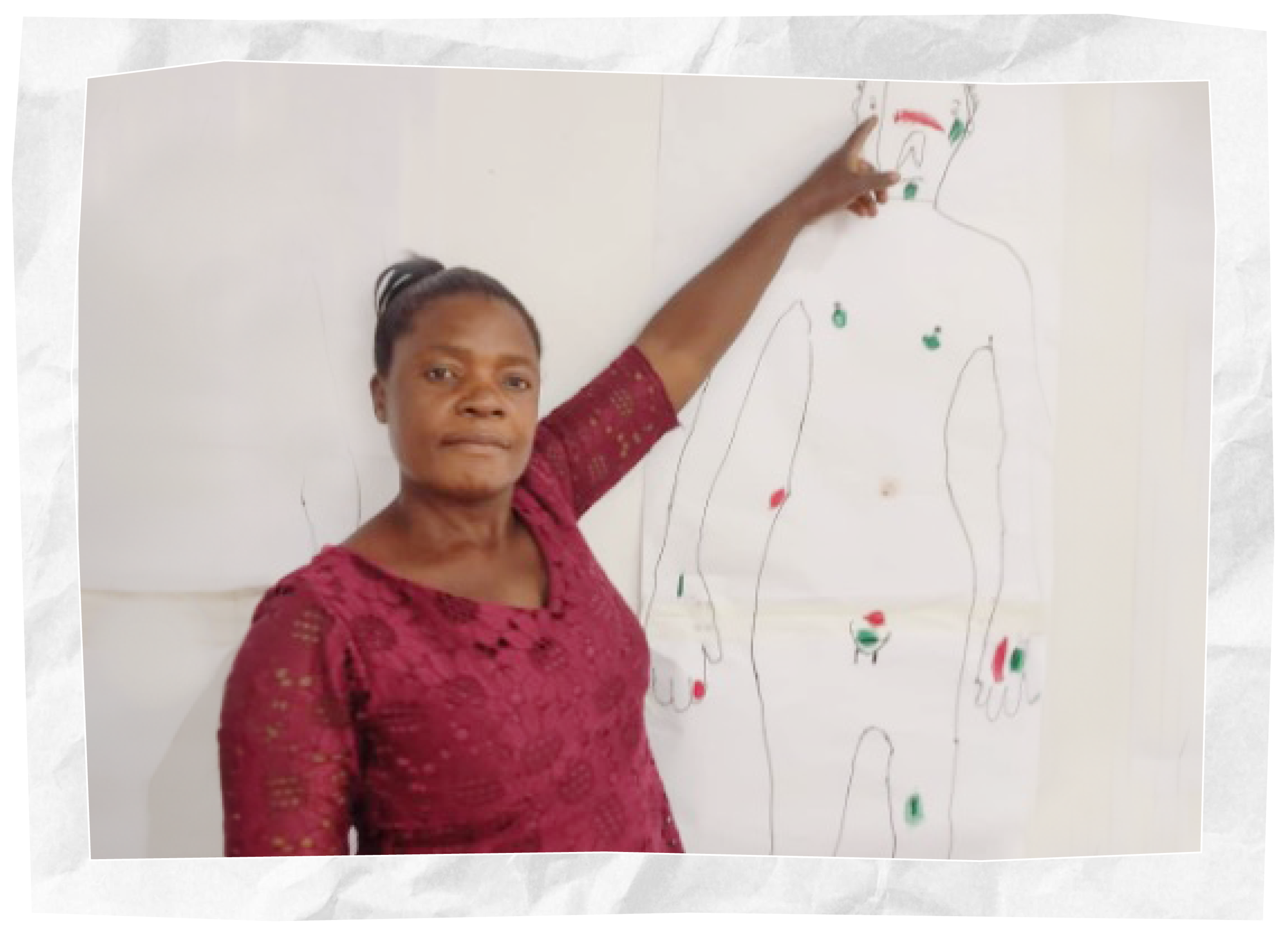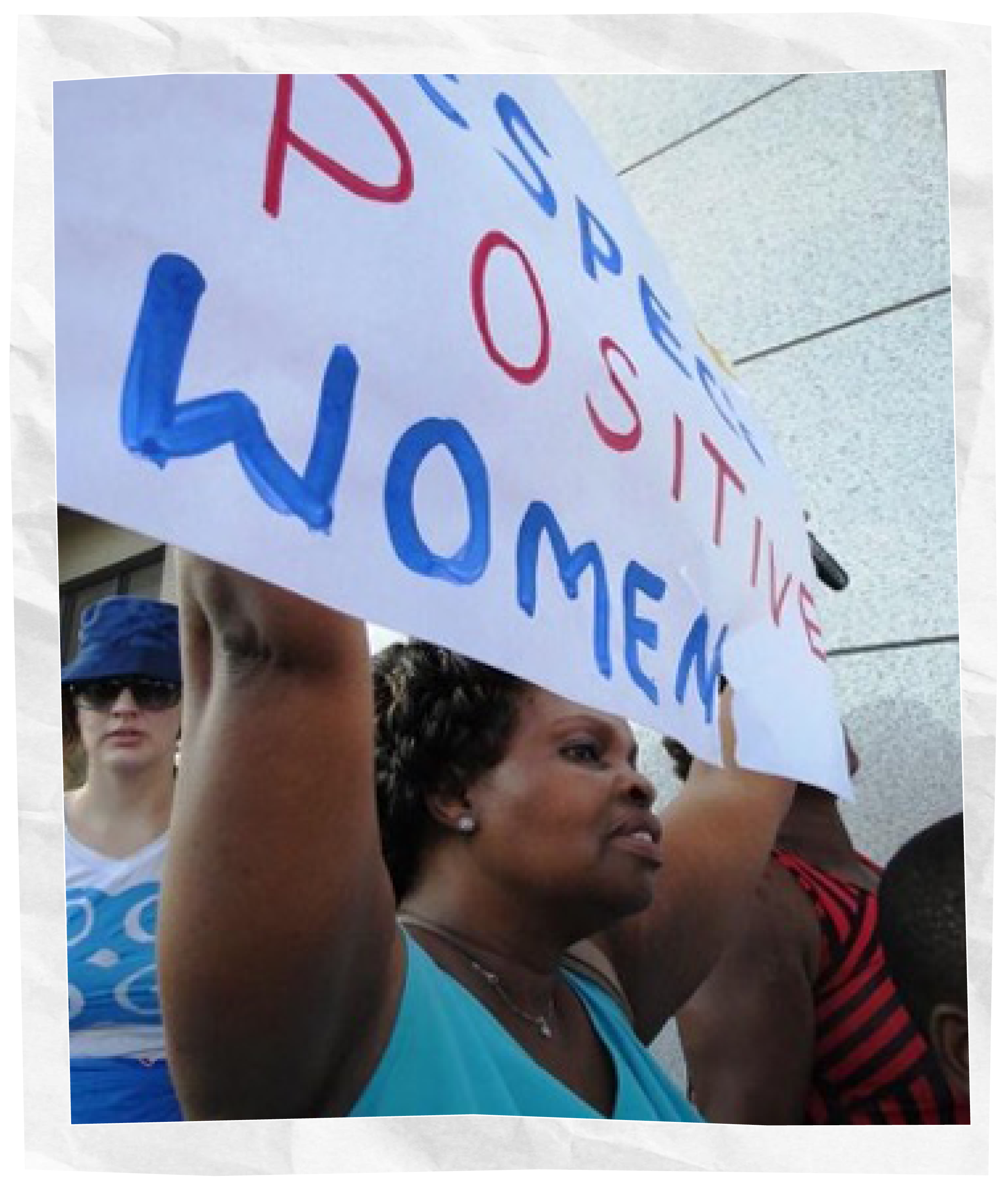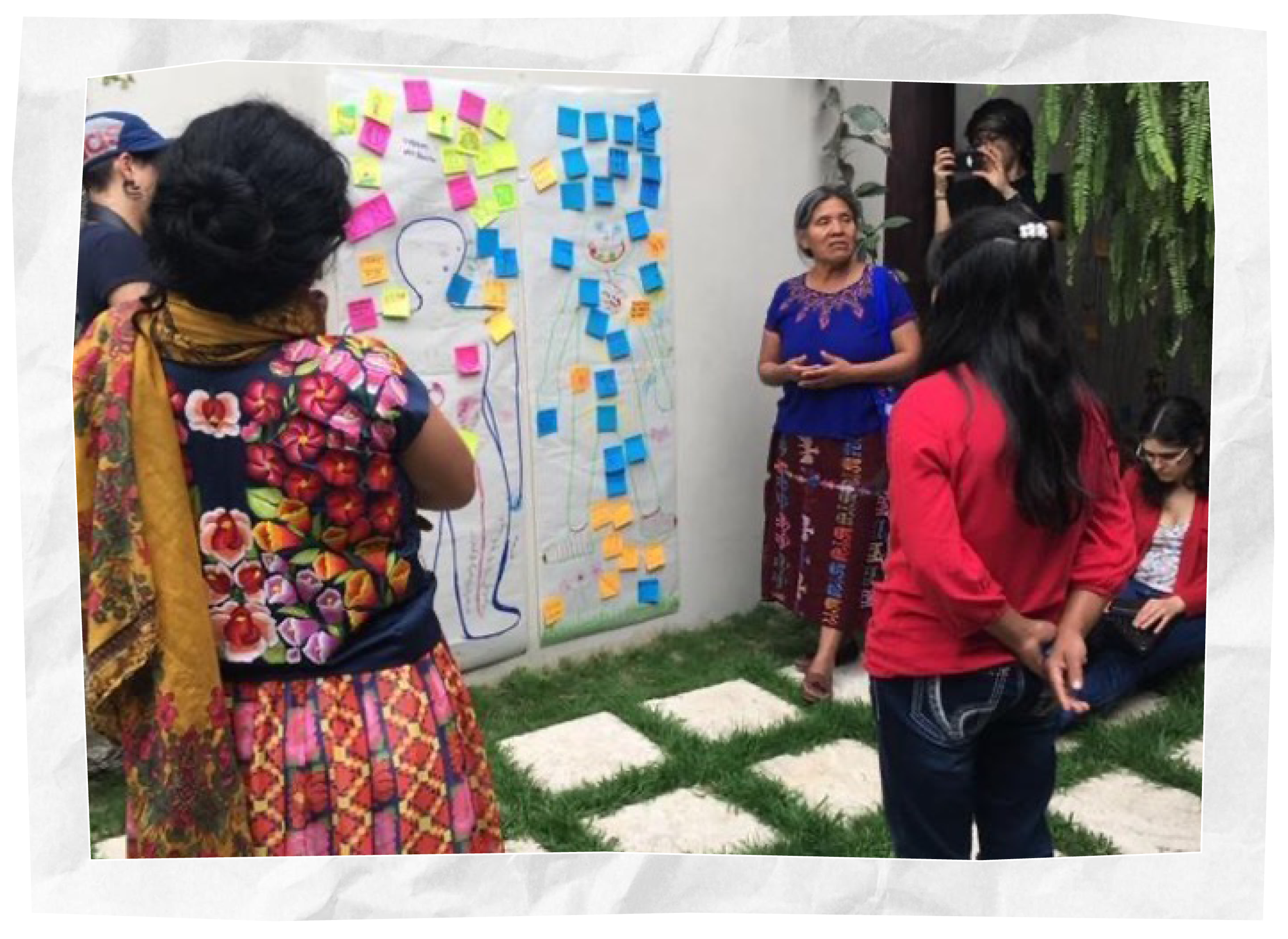Theme 1: Between Crisis and Mobilisation
We share many problems across borders – including violence and corruption – but every context is unique. There is no ‘one size fits all’. Examining the context is a critical first step to understanding and building power. Here, we share observations and feelings about what’s happening in the current context. We draw from lived experience and knowledge as a starting point for a deeper analysis. When we reflect together, we are able to bring differences and disagreements to the surface and create a more nuanced sense of what is happening and how it affects people differently. As we discuss our change strategies, we identify common challenges and opportunities to make change happen.
Activity 1: The current situation
Activity 1: The current situation
This activity offers two different options for beginning to identify what’s happening in our context and how we feel about it. These initial observations will provide the basis for scanning global trends, reflecting on history, and analysing power later in the Guide.
Step 1: What’s changing?
Plenary: Give an overview of the themes in this chapter. Explain that this first activity is an opportunity for people to share experiences and impressions of what is changing around them. Choose either to engage in reflection or body mapping and then go on to Step 2.
Individually: Jot down a few phrases (or draw a picture) to capture your experiences and feelings.
- Name three ways your context is changing.
- How has this affected your life, your work, and your sense of the future?
- Name two signs of promising or positive change in your context.
In pairs: Go for a walk or sit together. Take turns sharing your thoughts for five minutes each, and then discuss:
- What changes – positive and negative – do you have in common? What are some differences?
- In what ways are your feelings and experiences – at work, at home, and your sense of the future similar or different?
- What are your key reflections about how the current moment impacts activism and social justice strategies?
Alternatively, involve the group in body mapping.
Materials: Flipchart paper, sticky notes or cards of different colours, markers
Plenary: Ask: How does the current moment affect us? What is the impact on our hearts, minds, and bodies?
Form groups of three or four people. Give each group two sheets of flip chart paper taped together lengthwise (to be nearly the size of a person) and markers. If the group is of mixed genders or sexualities, consider dividing into similar groups.
Given the amount of violence people – and especially women – experience in their bodies, use the advice in Chapter 1: Getting Started for creating a safe and courageous space.
In small groups:
- Draw the outline of a human body.
- Where does the current context affect you and your work, negatively and positively? Take turns pointing to four or five places on the body map that illustrate the challenges and possibilities that you experience.
- Do at least two rounds, choosing and marking places on the body map with both negative and positive examples. What impact do you experience in your heart, mind, and/or body?
- On coloured sticky notes or squares of paper, write a key word for the kinds of challenges or possibilities you’ve seen and felt, a key word for the body part it impacted, and words that describe how you felt.
Step 2: A snapshot
Plenary: Invite each pair to share the highlights from their exchange and conversation or give each group three or four minutes to present the highlights of their body map.
Open a general conversation about what is shifting, and our experiences, feelings, and their impact. Ask:
- What are some of the changes you observed and experienced?
- How are these changes impacting your sense of the future and your wellbeing? Or if you followed option B, How are these changes affecting your hearts, minds, and bodies?
- What is the impact on our families, friends, movements, and communities?
- What is the impact on our work as organisers and change makers?
- What possibilities and opportunities do you see for activism and social change strategies?
Note key points on a flip chart. This process helps pinpoint key issues and emerging change efforts. Crises reveal the flaws and fissures in political and economic systems, but they also create new pathways and possibilities for systemic and structural change.
Step 3: How do these changes affect people differently?
Plenary: Refer to the key points on the flip chart from Step 2. Discuss how these shifts impact people differently, because gender, race, ethnicity, age, sexuality, class, and location shape who is affected and how. Share this short video: Power and Protection: The Challenge of Defending Rights in Hostile Contexts (4 minutes)
Small groups: In groups of four to seven, discuss these questions. One person per group notes the main points in brief on cards. Give all groups the same colour card per question.
- What actors and forces – both positive and negative – are contributing to the changing context?
- How do these challenges and possibilities for change impact and involve different individuals, communities, groups, and organisations differently? Who is most adversely affected? Who is targeted?
Plenary: Use the ‘popcorn’ method, where groups build on each other’s points. One group starts by sharing their top three insights. They place their cards on the wall, table, or floor. Then another group shares similar or different answers. Invite people to cluster the cards by colour and/or theme. Then summarise and discuss, cluster by cluster. Quote people in the room where possible and ask questions to emphasise key points.
- How are different activists and organisations – women, indigenous peoples, LGBTQI+, labour organisers – affected differently?
- What is the role of gender, race, ethnicity, class, sexuality, and location in explaining the similarities and differences?
- Together, write short phrases or labels to define each of the clusters and how they are affected or involved. Organise the clusters in a way that represents the connections between issues, forces, and actors.
Download this activity.
Body maps in action
Read about the early stages of organising with grassroots women leaders affected by HIV/AIDS in Malawi as they searched for a common mobilising agenda for women across many cities and villages. Body maps revealed something that had not emerged in any previous process or discussion. Once the women recognised that they shared the same shame and discovered the root causes, this issue became a potent energizing demand for quality medicines and healthcare and ultimately galvanised an 8,500-strong nationwide movement.




